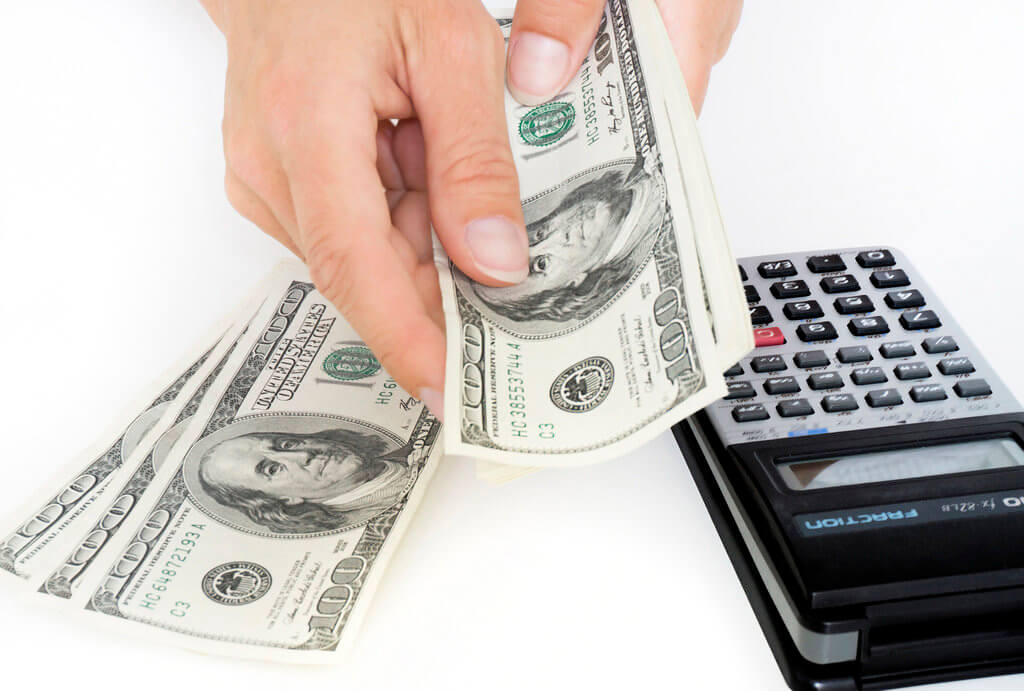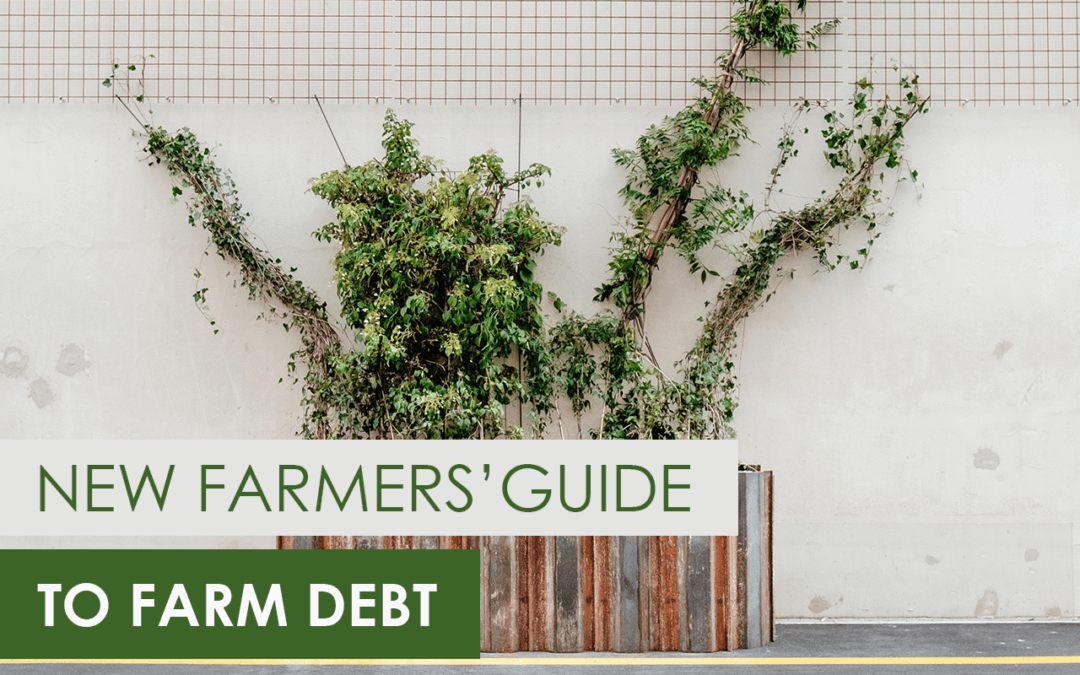Why debt planning is important
Choosing a source of funding is often the same thing as choosing a source of farm debt. Debt is an incredibly important part of a farm’s financial structure as it impacts costs and return on investment.
Before choosing funding that could impact debt, farmers need to understand what they’re looking for. The goal of this article is to help farmers identify their debt preferences and get comfortable with the debt that they are pursuing. This is important for any farmer to finish financial planning and secure funding.

Factors of debt
The primary reason we want to think carefully about debt is its ability to either cause or cushion your financial stress. There are several factors to consider:
- Amount of debt (dollar value)
- Interest rate (% of dollar value)
- Income available to service debt (dollar/unit time)1

Is debt inevitable?
Modern farmers have many options to approach debt. Some of these are debt-free (e.g. crowdfunding, bootstrapping, many grants), while others inherently carry debt with them (e.g. loans or crowd-sourced loans).
Jason Arnold, one of the experts of the Bright Agrotech Feasibility Workshop, lists real estate as the number one cause of farm debt, with farm infrastructure as a close second:
“The Jardin de la Grelinette is claiming startup costs of $39,000, not including the land (10 acres),” says Jason.
“The start-up costs (cost of equipment) total $39,000. This might sound like a lot of money to pay upfront, but if we do the math, it’s well worth the investment. Here’s what I mean:
“JMF claims that a well-established, smoothly running market garden with good sales outlets can generate $60,000 to $100,000 annually per acre in diverse vegetable crops. That’s a profit margin of over 40%. A bank loan of $39,000 spread over 5 years at 8% interest means an annual investment of around $9,500, which is reasonable when compared to the potential revenue a market garden offers.”

Most new farmers incur some level of debt in the interest of startup speed. However, many farmers have successfully bootstrapped or crowdfunded (or a combination of both) a small farm, then scaled up over time as they saw a return on their investments. (In fact, this is how Bright Agrotech got started as an aquaponic farm back in 2009.)
While multiple groups of data show that farm debt has been increasing over the recent years (the 2000’s), 2,3 new approaches to starting farms could offer a way to make bootstrapping easier. One approach that has been taken by Upstart Farmers (a network of modern farmers using techniques like vertical farming, hydroponics, and indoor growing) over the last 5–6 years is to start very small in niche local markets. By selling unique produce in a small but scalable farm, Upstart Farmers can start with small startup costs and still make money in their markets.
This approach has proven so successful that more and more people are joining the movement and gathering around platforms like Upstart University. Many Upstart Farmers still use a source of debt-incurring funding, but at lower amounts than traditional soil-based farms.
Types of debt
Lifehacker lists seven types of debt. These types can provide a good map for farmers who are unfamiliar with debt. Here are the basics:
Secured debt has collateral. This usually means you can get higher funding. The danger is when you have so much collateral that it puts your assets at risk.
Unsecured debt has no collateral. (e.g. credit cards)
Fixed interest rates mean that the interest rate never changes. Many car payments and mortgages have fixed interest rates. This allows farmers to budget more accurately and pay less interest overall.
Variable interest rates may change over time, usually by increasing. This is a red flag to look out for. Small farmers shouldn’t take loans with variable interest rates.
Fixed payment term the loan payback has a “due date”. The alternative might base payback on a different metric, like income.
Variable repayment terms place no due date on payback. These can be convenient, but dangerous if you don’t stick to a payment plan.
Deductible loans have tax benefits and are usually for purchasing appreciating assets or skills. This is also favorable for small business owners!
Non-deductible loans don’t have tax benefits.4
As you pursue loans or other funding, mark which traits you would like your loans to have. Use this as a rubric to rank your funding options and find direction. This will help you get better funding for your farm and make financial plans!
Remember that choosing funding is choosing debt. To get started funding your farm, read through these first three steps.

Debt traits to avoid
Before committing to funding, look out for these red flags.
- High or variable interest rates
- Debt on products that have a short lifetime like inputs
- Debt on things that don’t increase your value
- High late fees or penalties
- Questionable lending sources
- More than 50% total funding from outside sources
- Too much secured debt (assets in jeopardy)
- Monthly payments make up more than 36% gross monthly income 5
Ready to start? Review your funding options.
1Brian C. Briggeman, Economist, Federal Reserve Bank of Kansas City (2010). Debt, Income and Farm Financial Stress. The Main Street Economist Regional and Rural Analysis, Federal Reserve Bank of Kansas City. Retrieved from https://www.kansascityfed.org/publicat/mse/mse_0610.pdf
2Grant Gerlock (3/3/2016). With Economy Stuck In The Mud, Farmers Sink Deeper Into Debt. Wyoming Public Radio, The Salt. Retrieved from http://www.npr.org/sections/thesalt/2016/03/03/468887506/with-economy-stuck-in-the-mud-farmers-sink-deeper-into-debt.
3Brent Gloy (7/7/2015). Digging into Farm Debt. Agricultural Economic Insights, Perspectives of Two Agricultural Economists. Retrieved from http://ageconomists.com/2015/07/07/digging-into-farm-debt/.
4Heather Yamada-Hosley (2/27/2015). The Most Common Types of Debt and How to Tackle Them. Lifehacker. Retrieved from http://lifehacker.com/the-most-common-types-of-debt-and-how-to-tackle-them-1688461004.
5 Bill Fay. Good Debt vs. Bad Debt. Debt.org, America’s Debt Help Organization. retrieved from https://www.debt.org/advice/good-vs-bad/



Trackbacks/Pingbacks